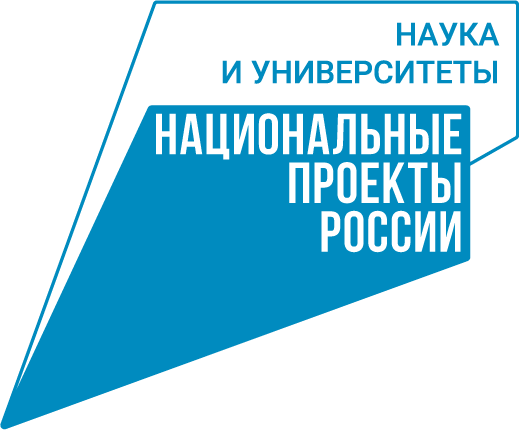An optical separator for the automatic sorting of municipal solid waste (MSW) will improve the efficiency of materials recovery facilities. Compared to its analogs produced abroad, the separation system devised by the scientists of Ural Federal University and specialists of the Aksalit Company makes it possible to increase the percentage of waste separated. The separators are to be used at the MSW recovery facilities in Pervouralsk and Krasnoufimsk.
‘Ural Federal University has a wide range of competencies in the research and development of integrated waste processing technologies,’ says Oleg Sheshukov, director of the Institute of New Materials and Technologies of UrFU. ‘This research has lasted for over 90 years resulting in numerous patents, articles, publications, and dozens of conferences. Considering the peculiarities of MSW formation, it is important to mention that the principles of further processing form at the stage of separation. '
Due to the fact that currently, MSW most frequently consists of all types of waste (plastic, polyethylene, paper, metal, and organic waste), the initial stage of waste processing, i.e. sorting and separation – does not allow all components to be sorted. Separators produced abroad are unable to sort all the components of household waste. At the final stage of MSW processing, one of the most universal methods of complete processing is pyrolysis decomposition or pyrolysis, which makes it possible to dispose of up to 98–99% of all waste.
The automatic sorting of MSW materials uses an optical recognition system. This method recognizes 1000 types of materials by their color, size, and chemical composition, making MSW sorting considerably faster compared to manual sorting. The optical separator is a software and hardware complex consisting of a conveyor belt with pneumatic valves and special optical sensors. The separator automatically captures waste as small as 10–300 mm at 1 m/s (about 8 tons per hour).
Optical separators are installed in the form of a cascade and automate the entire sorting process. Quite importantly, the separator is designed and developed according to the conditions of the “garbage culture” of the country. Therefore, it is adapted to Russian waste, which does not require pre-sorting.
